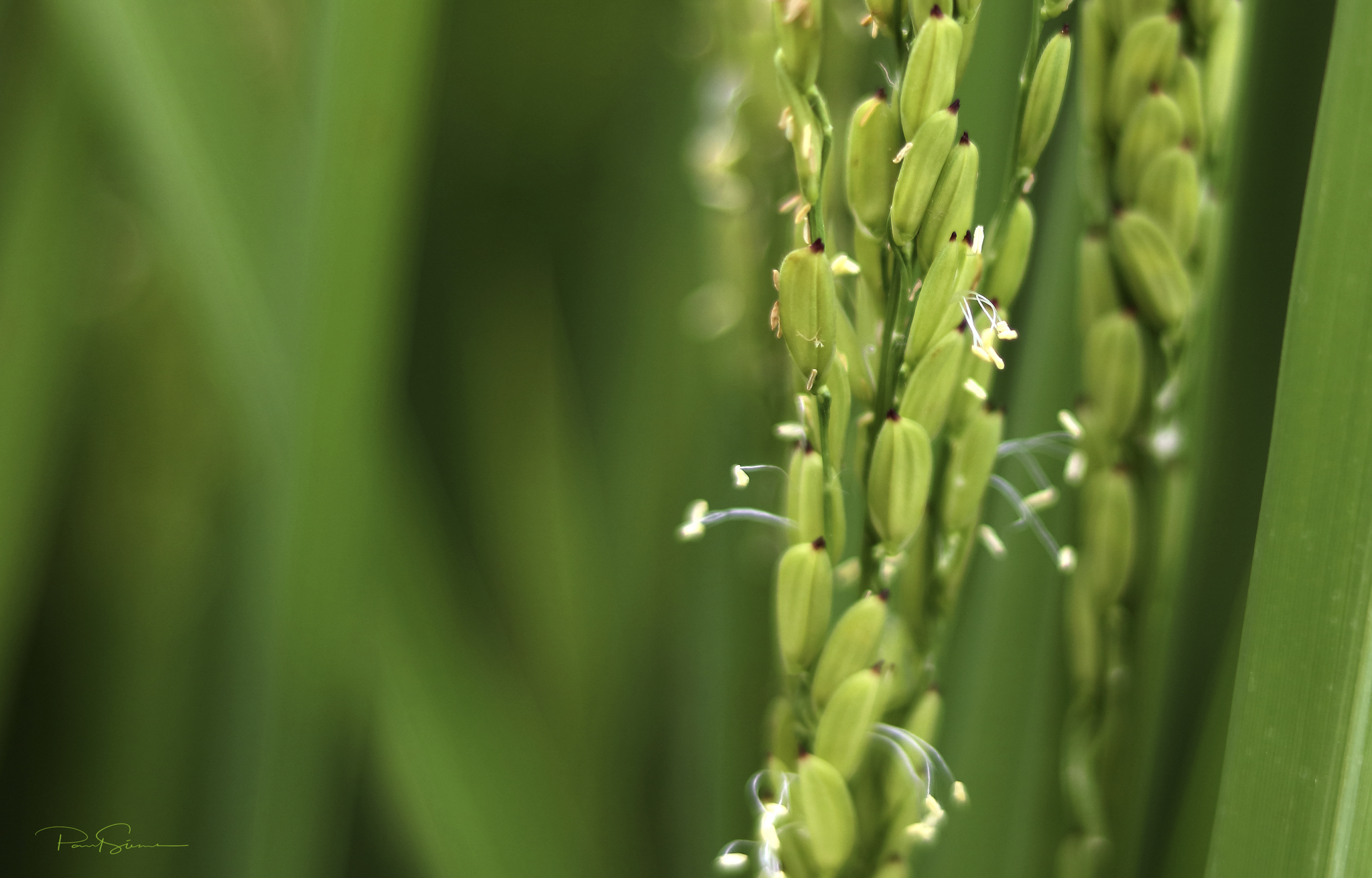Growing Season: A Snapshot
Here we are! The planting season is over, but the work is not. Summer has started, and it’s time to check crops, levees, flood fields, and much more.

Rice has been growing for a few weeks, and now it’s time for farmers to start flooding fields. Field flooding usually starts happening four to five weeks after planting is completed. Fields are flooded for a couple of reasons. In addition to this crop flourishing in flooded soils, standing water helps mitigate weed growth.
Levees and gates are something everyone will notice when looking at a rice field. The primary purpose of levees and gates is to ensure water levels stay consistent throughout the field.

Farmers will continuously check fields, levees, water levels, crop conditions, and more during the growing season to ensure they grow a profitable crop.
The growing season can be hard work and stressful for farmers. But it’s also a time for farmers to spend time with family and start preparing for the upcoming harvest season.
Once the rice has matured, farmers will begin draining fields.They let the fields completely drain and dry out enough until they can harvest the crop. Then farmers can start seeing all their hard work pay off.

Many people think the bulk of the work ends with planting. Farmers continue to work through the growing season, checking crops, levees, water levels, and much more! Farming is a year-round job despite the season.
Here at Riceland, we proudly serve our 5,500+ members throughout all seasons. We are so thankful for our dedicated members working year-round to help feed the world, sustainably.





